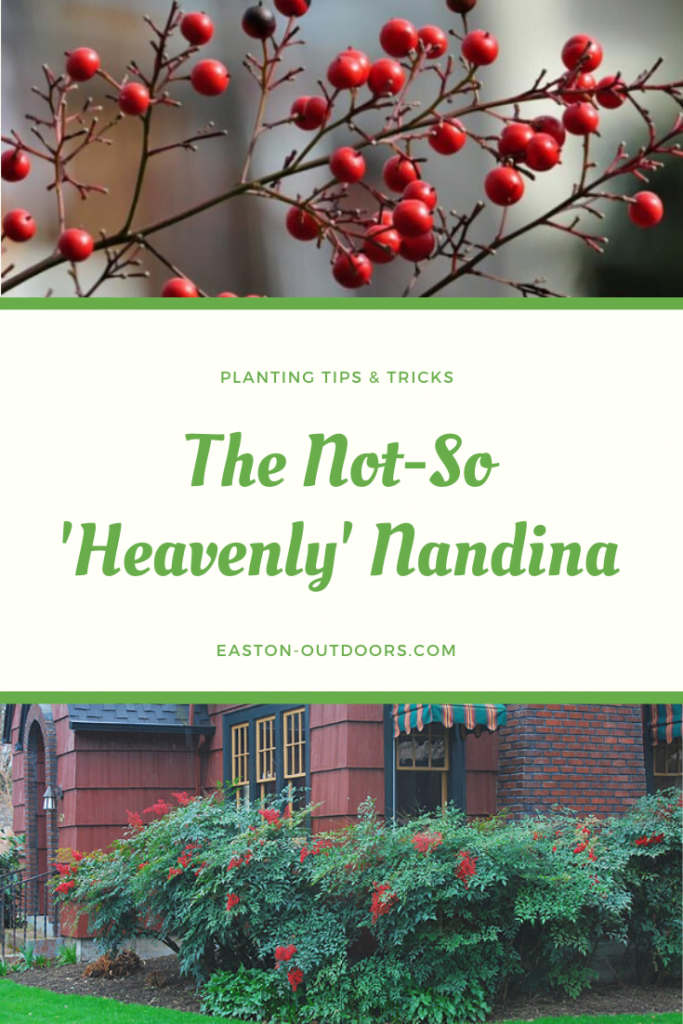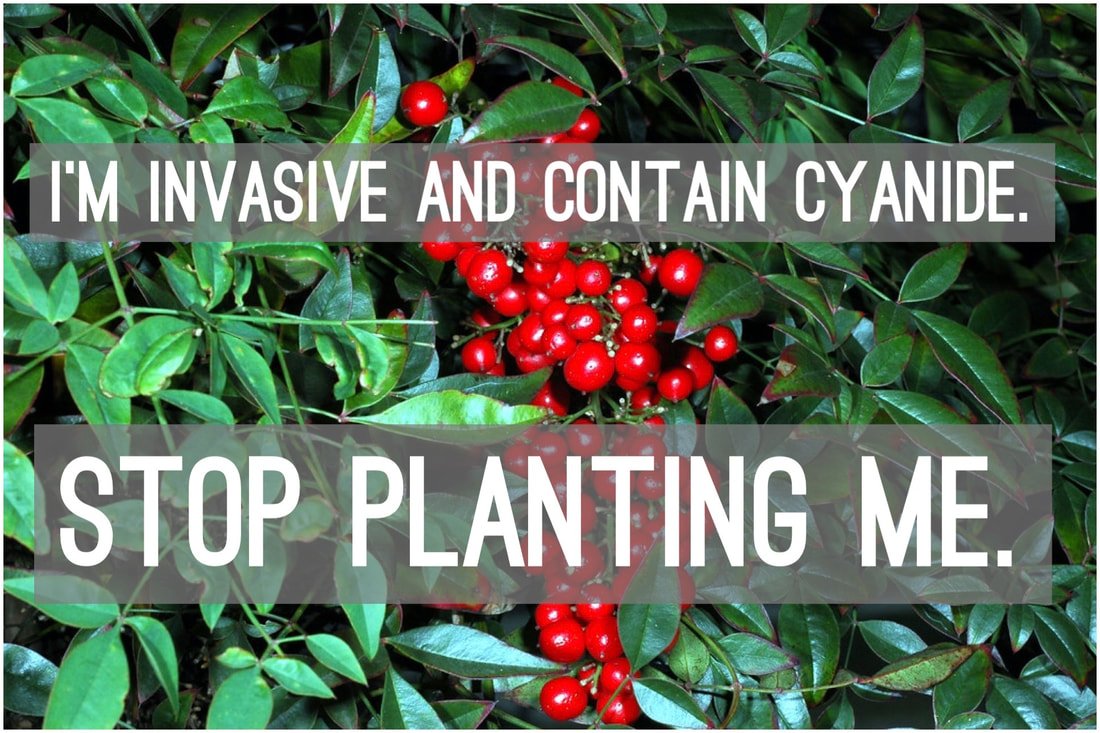
02 Jan The Not So “Heavenly” Nandina
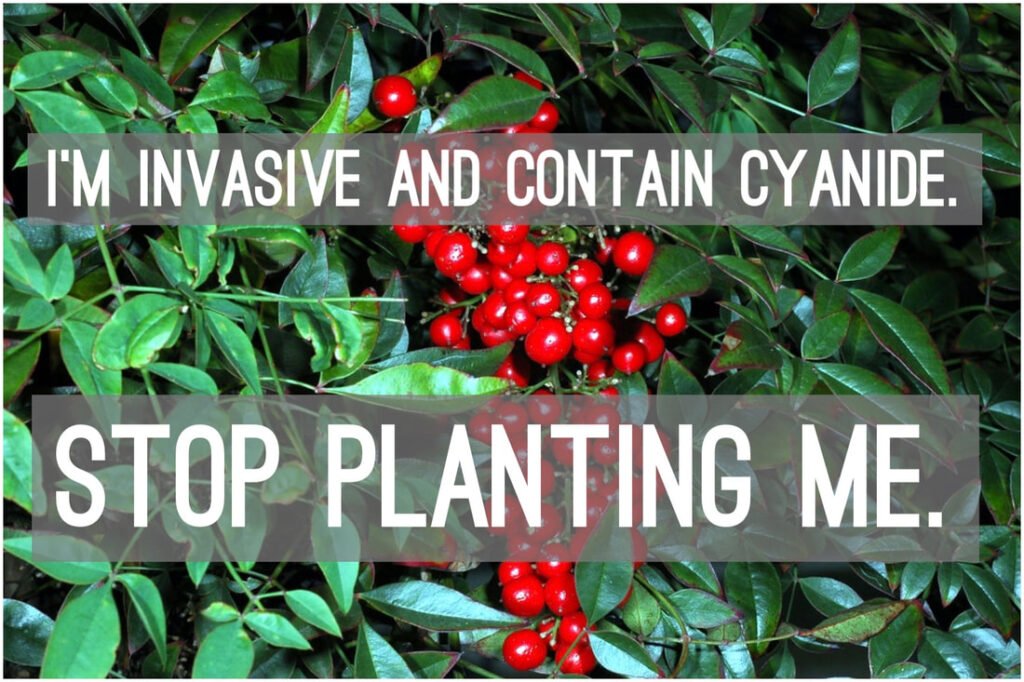
My personal reasoning
Let’s take a moment to chat about Nandinas in our landscaping. Now, full disclosure, I have a bit of a personal grudge against this plant. As a kid, I spent way too much time pulling the little offshoots out of garden beds, and it left a bad taste in my mouth.
However, there’s more to the story than just my experience. Did you know that Nandinas can actually have a negative impact on the environment? Plus, they’re a bit overused in landscaping nowadays (just ask any seasoned landscaper). Let’s stick together as we dive into the nitty-gritty of the real dangers associated with Nandinas and the practical steps you can take to tackle them head-on.
What are they?
Nandina was originally brought to the United States in the early 1800’s as an ornamental garden plant. They have since become a southern landscape staple. They are generally carefree and offer lots of color through their foliage year round. They also have simple flowers which turn to berries after they bloom. These create a big impact and can be useful in Christmas decorations.
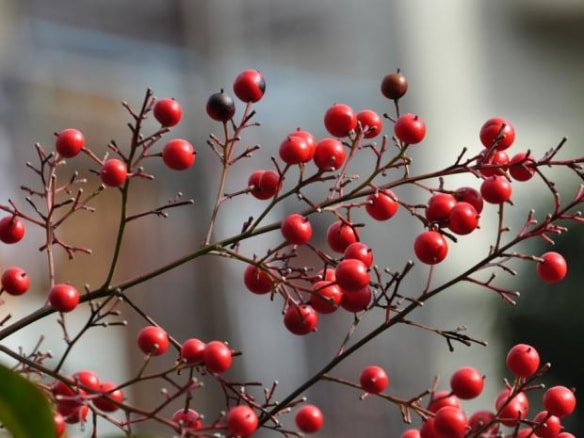
Now, brace yourself for a shocking truth: these seemingly harmless plants can actually wreak havoc on our environment. I’m talking serious business, my friends.
Here’s what you need to know: ‘Heavenly Bamboo’ or ‘Sacred Bamboo’ (scientifically known as Nandina domestica) is not your friendly neighborhood plant. It’s considered a Class 1 invasive plant by the Florida Exotic Pest Plant Council (FLEPPC) and has been deemed a noxious weed by the US Department of Agriculture. So, yeah, it’s a big deal.
Why are Nandinas causing such a fuss, you might ask? Well, one word: spreading. These little troublemakers have a sneaky way of multiplying, thanks to their vibrant red berries that birds and other wildlife can’t resist. It starts innocently enough, but before you know it, your beautifully landscaped bed can turn into a Nandina takeover.
But hold on, because it’s about to get even worse. Brace yourself for this shocking revelation: the berries of Nandinas contain cyanide and other alkaloids that produce toxic hydrogen cyanide (HCN). That’s right, folks, we’re talking about a potential danger to our beloved birds, dogs, and other wildlife. When their usual food sources dwindle, these creatures might turn to Nandina berries as a last resort, unknowingly putting themselves at risk. It’s a tragic reality that has been witnessed, with documented cases of birds like waxwings losing their lives after consuming these toxic berries. It’s a sobering reminder of the impact our landscaping choices can have on the world around us.
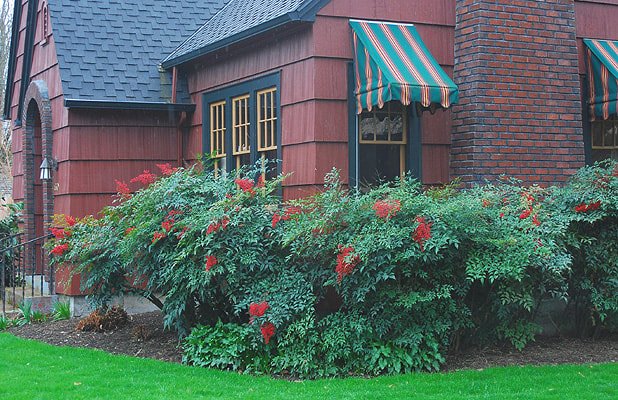
How to avoid the issue
There’s still some hope for you if you simply must have some ‘Heavenly Bamboo’ Nandina in your yard. You can clip off the flower branch which forms in late spring or early summer. As the flower fades, the berries will form in their place. If you remove this part of Nandina, you will stop their spread, and possibly save a few birds from an upset stomach – or worse. I also suggest sending this clipping out in a trashcan and not a compost pile.
Another point worth mentioning, is that while there are many variants of Nandina, I personally still think they are all way over used. If you must however, the Firepower Nandina is probably one of the best choices, because it will not flower, produce fruit, or take over your entire garden. So, there you have it, folks – some practical insights on enjoying the beauty of Nandinas without causing harm to our eco-system. Let’s be mindful of our choices and create a backyard oasis that’s not just stunning but also safe and sustainable!
Want More Landscaping Advice?
Check out one of our many articles and find the best plants for your yard!
Article One
Article Two
Article Three
